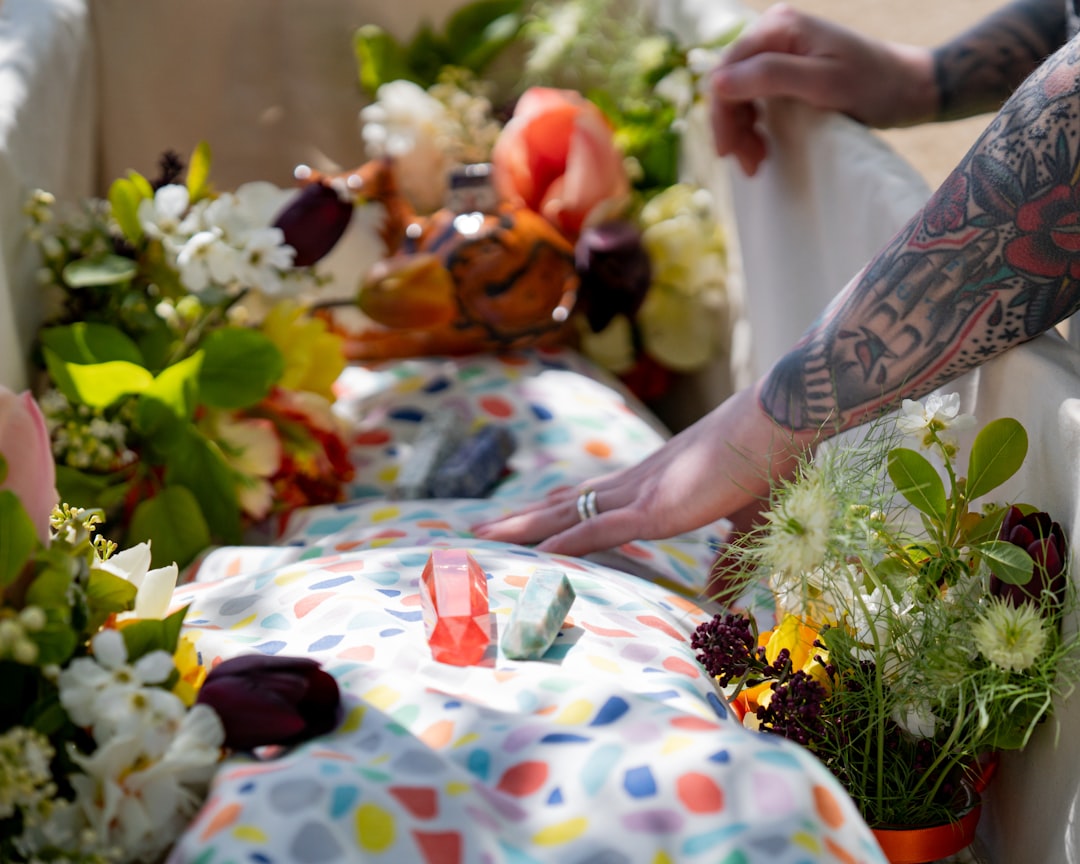In a world increasingly strained by climate change, resource depletion, and ecological imbalance, there’s a growing call to return to nature—not through retreat, but through intentional design. Enter permaculture, a powerful, globally relevant philosophy that offers more than a way to garden: it’s a blueprint for sustainable living.
Rooted in observation, ethics, and systems thinking, permaculture isn't just about planting food—it's about creating resilient ecosystems that support both people and the planet. Whether you're cultivating a homestead, greening a city rooftop, or transforming a suburban yard, permaculture can guide your steps toward a regenerative future.
Let’s explore what permaculture is, the principles behind it, and how people across the globe are using it to design sustainable, abundant, and ethical systems.
🌍 What Is Permaculture?
Permaculture (a combination of “permanent” and “agriculture” or “culture”) is a design philosophy developed in the 1970s by Bill Mollison and David Holmgren in Australia. It emphasizes working with nature—rather than against it—to create systems that are self-sustaining, low-input, and ecologically sound.
While it began with food production, permaculture has grown into a holistic design system that can be applied to housing, water use, energy, waste management, social structures, and even economics.
🌱 The Three Core Ethics
At the heart of permaculture are three guiding ethics that form the foundation of all decisions and designs:
-
Earth Care – Protect and regenerate natural systems (soil, water, forests, biodiversity).
-
People Care – Support health, community, and wellbeing.
-
Fair Share (Return of Surplus) – Redistribute surplus and limit consumption to ensure balance.
These ethics are universal—and they connect people in every part of the world who seek to live in harmony with nature and each other.
🔄 The 12 Permaculture Principles
Co-founder David Holmgren developed 12 core principles that guide permaculture design. Here’s how they apply globally:
-
Observe and Interact
Understand the natural and social landscape before acting. In Kenya, farmers observe seasonal rains before planting; in New York, rooftop gardeners study sunlight and wind patterns. -
Catch and Store Energy
From rainwater harvesting in India to solar panel installations in Germany—maximize resources when they’re abundant. -
Obtain a Yield
Every system should produce something useful: food, fiber, energy, or even knowledge. -
Apply Self-Regulation and Accept Feedback
Learn from mistakes. In permaculture, failure is feedback. -
Use and Value Renewable Resources and Services
Embrace what's sustainable—wind, sun, compost, animals, and plants. -
Produce No Waste
Turn “waste” into resources. Kitchen scraps become compost; greywater irrigates gardens. -
Design from Patterns to Details
Start with big-picture patterns (like climate and terrain) before focusing on small elements (like plant placement). -
Integrate Rather Than Segregate
Companion planting, guilds, and community collaboration reflect nature’s interconnectedness. -
Use Small and Slow Solutions
Grow local, scale mindfully. In Cuba, small urban farms feed entire neighborhoods. -
Use and Value Diversity
Diversity = resilience. In Brazil, agroforestry systems mix fruits, timber, and vegetables for year-round abundance. -
Use Edges and Value the Marginal
Innovation happens at the edges—of ecosystems, of societies, of ideas. -
Creatively Use and Respond to Change
Whether adapting to climate shifts or cultural shifts, permaculture stays fluid and forward-thinking.
🛠️ Permaculture in Practice: Global Examples
🌿 Australia – Where It All Began
Home to the permaculture movement, Australia boasts thriving eco-villages, food forests, and farms that have regenerated desertified land.
🏙️ United States – Urban and Suburban Resilience
From community gardens in Detroit to edible landscapes in Los Angeles, permaculture empowers citizens to reclaim food sovereignty and green their cities.
🌾 Africa – Drought-Resistant Design
In Ethiopia and Zimbabwe, permaculture helps restore degraded land and improve food security through water harvesting and tree-based systems.
🏞️ Europe – Permaculture Meets Policy
Countries like the UK and France have embraced permaculture in school gardens, policy conversations, and sustainable business models.
🌴 Asia and the Pacific – Rice Paddies to Food Forests
In India, SECMOL in Ladakh applies permaculture in education and architecture. In the Philippines, permaculture supports flood-resilient farming systems.
🧠 More Than Gardening: A Whole-System Approach
Permaculture expands far beyond the garden gate:
-
Water: Swales, ponds, greywater systems
-
Shelter: Passive solar homes, earthships, natural building
-
Energy: Solar, wind, biomass
-
Economy: Bartering, local currencies, cooperative business
-
Community: Sharing resources, mutual aid, educational hubs
It’s not about one-size-fits-all solutions. It’s about designing for your context, using local knowledge, and building resilience with intention.
🧭 How to Start with Permaculture
-
Start Small – Even a balcony can support a permaculture mindset.
-
Learn Locally – Join permaculture groups, take a course, or read books tailored to your region.
-
Design Thoughtfully – Map your space, note sun, wind, and water flow. Plan with purpose.
-
Build Soil – Compost, mulch, and plant for biodiversity.
-
Connect – Share knowledge, seeds, and food with others. Permaculture thrives in community.
🌎 A Global Movement for Regeneration
Permaculture is not a trend—it’s a growing movement grounded in timeless wisdom and ecological intelligence. It gives us tools to rebuild landscapes, restore ecosystems, and reconnect with each other. And in doing so, it offers hope—not just for survival, but for thriving in a world that desperately needs healing.
Whether you're planting a herb spiral, designing an off-grid homestead, or teaching kids how to compost, you’re part of something much bigger: a regenerative revolution.
Let’s design a better world—together.

Comments
No comments yet. Be the first to comment!
You must be logged in to comment. Login